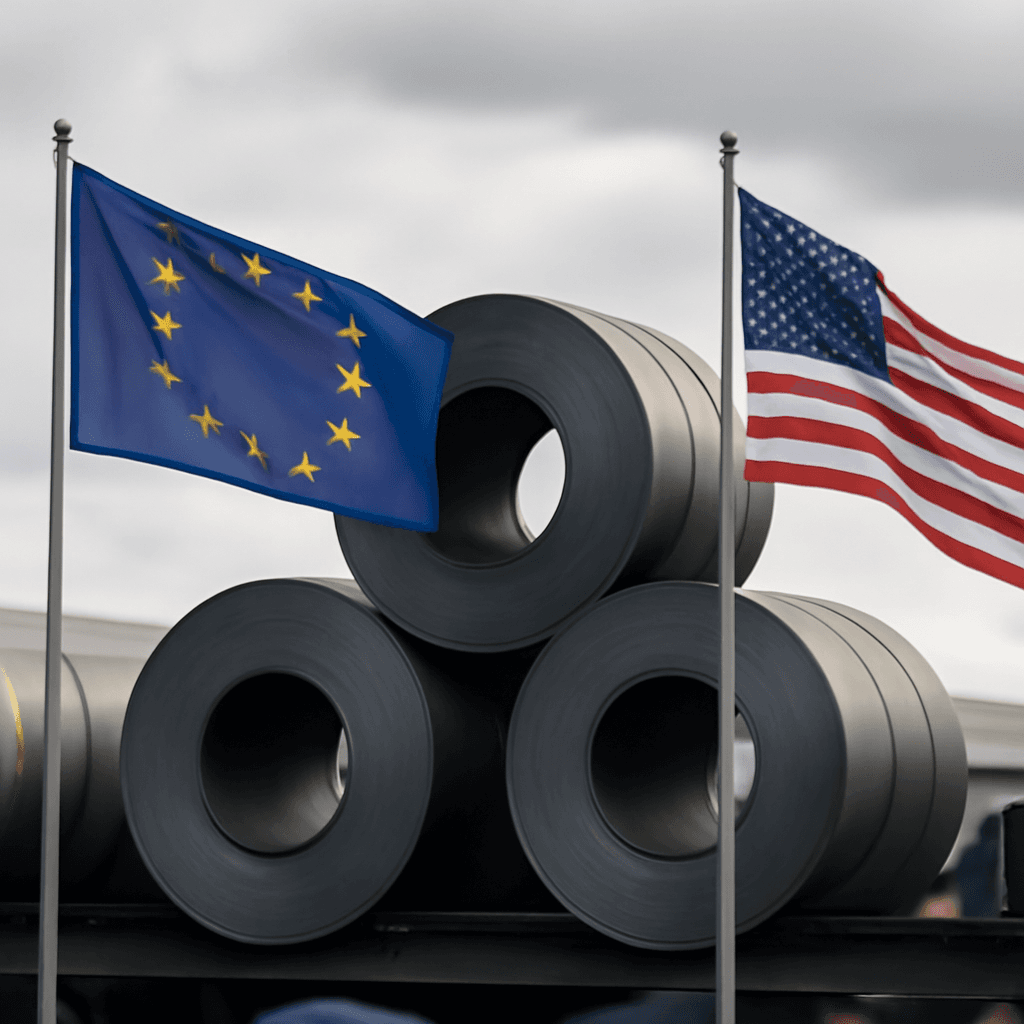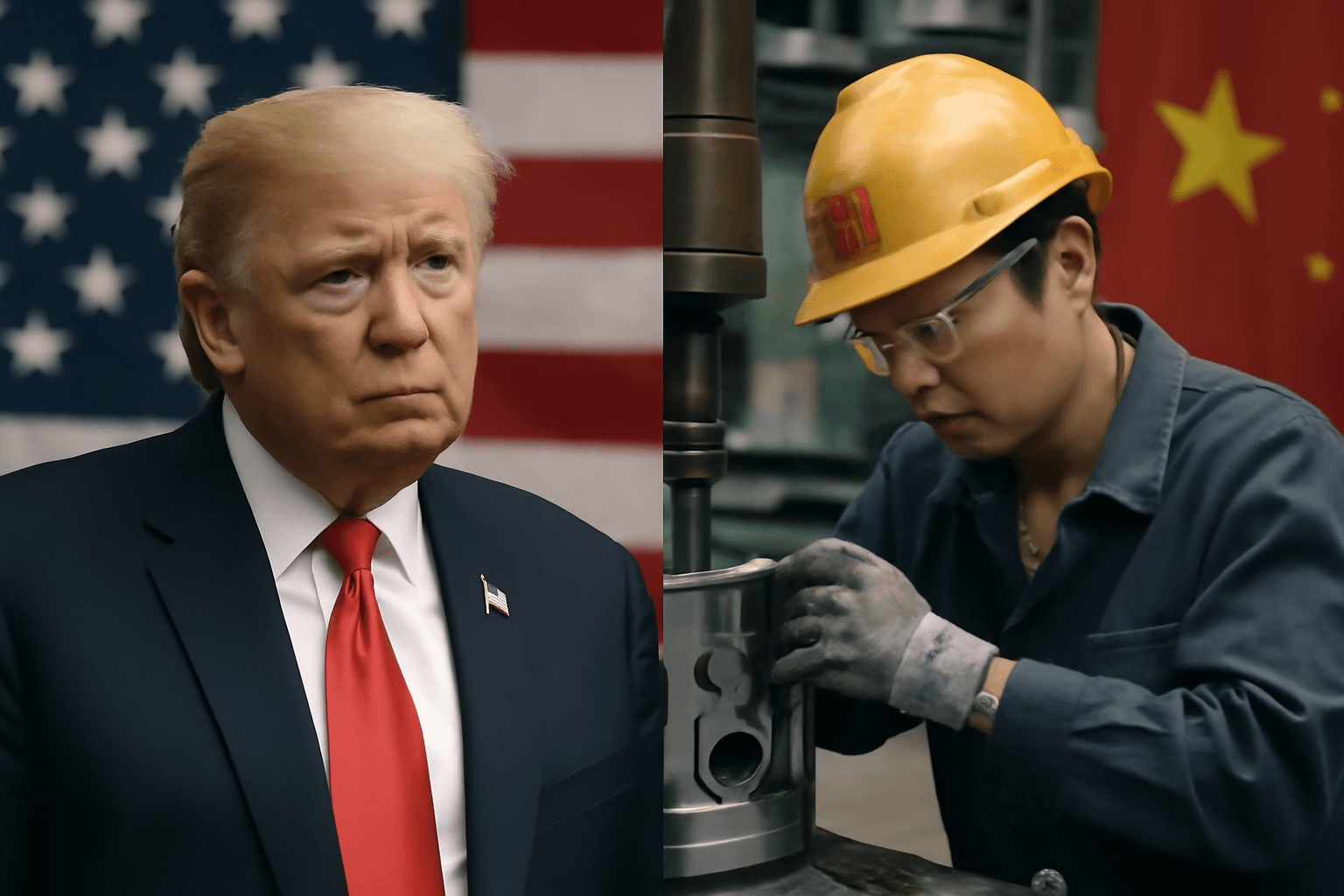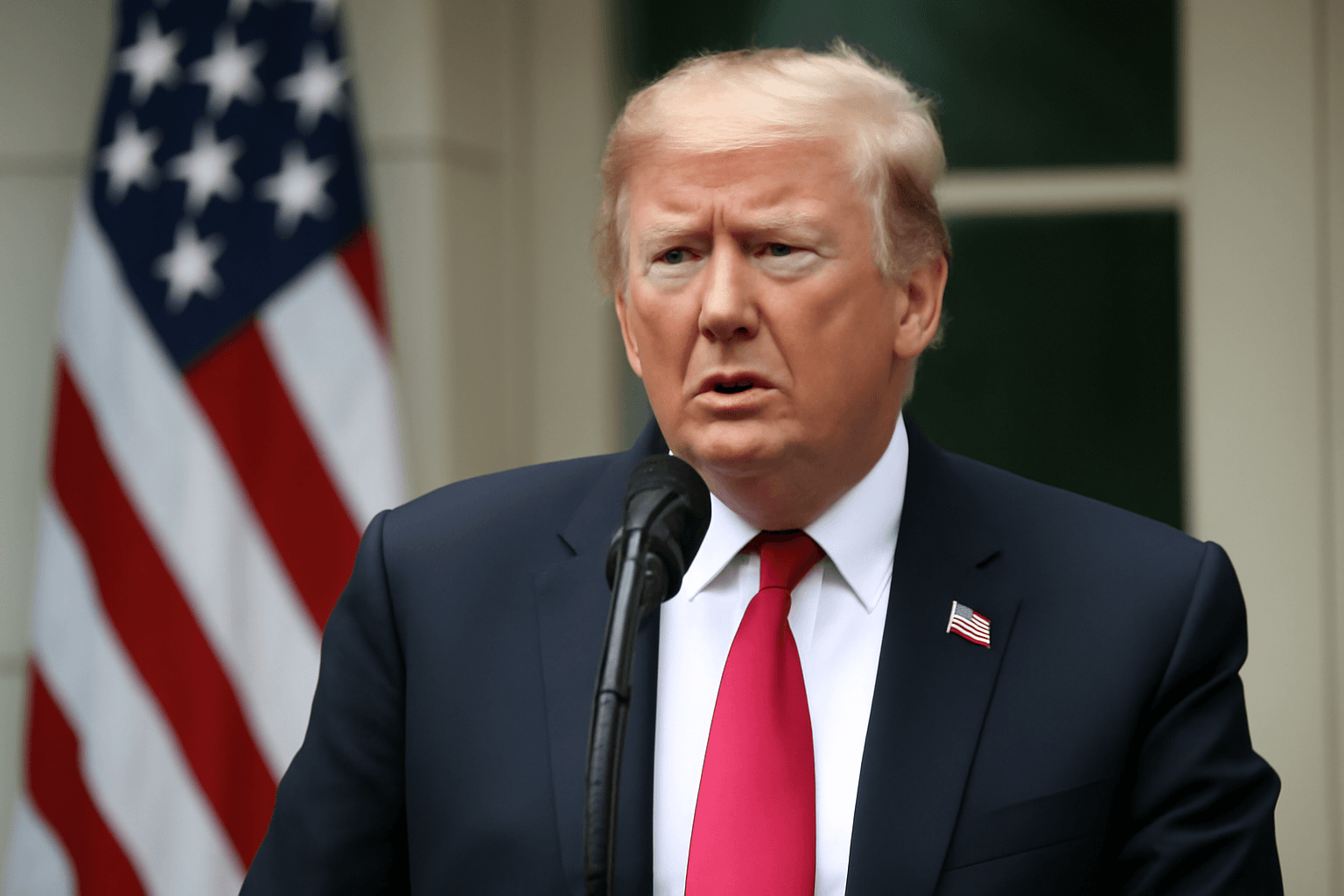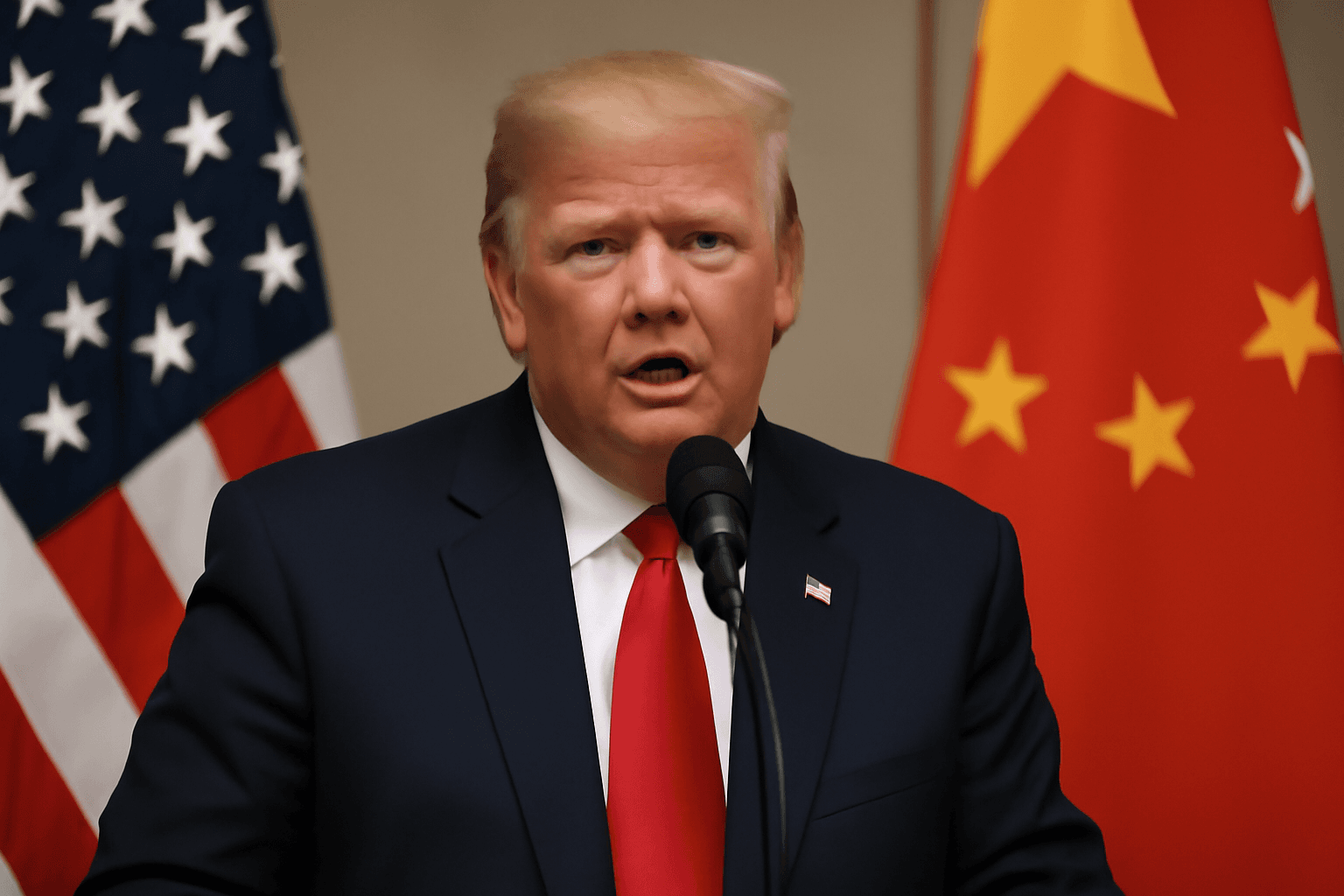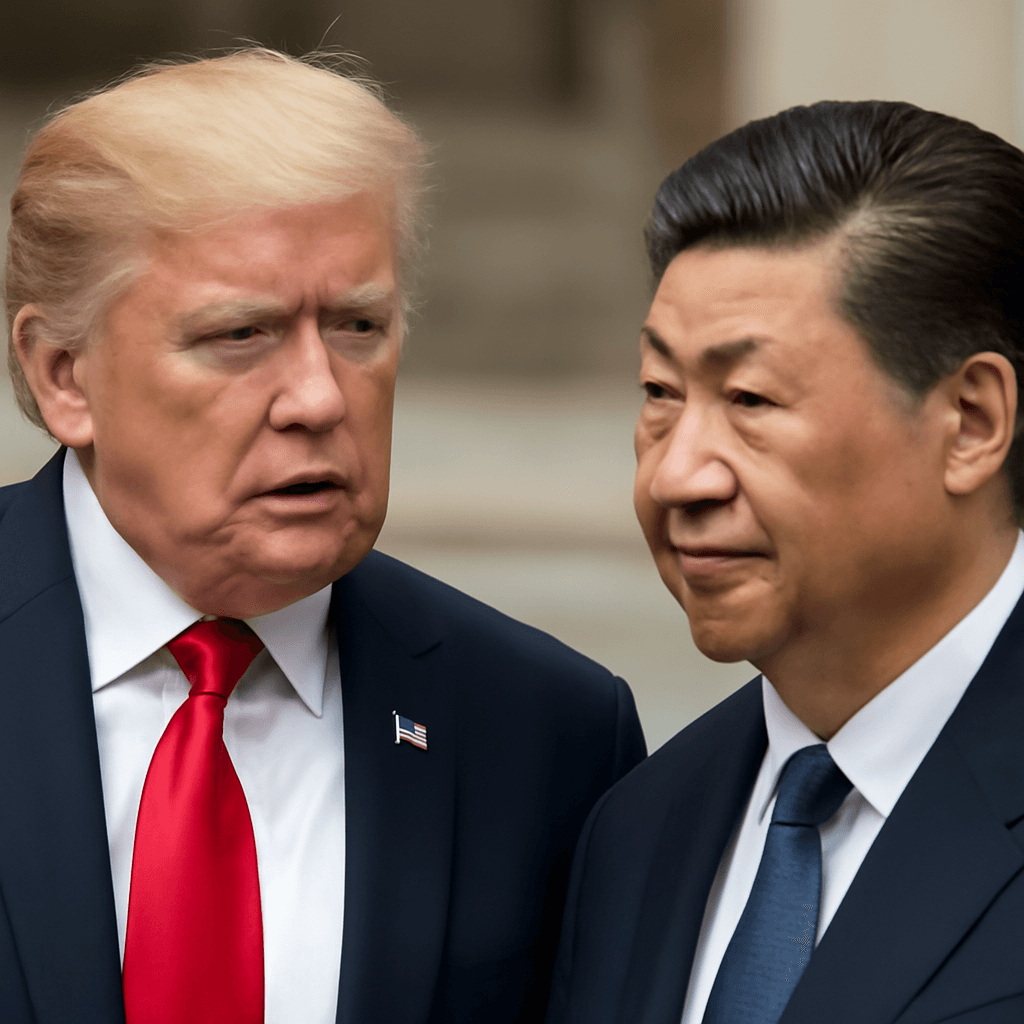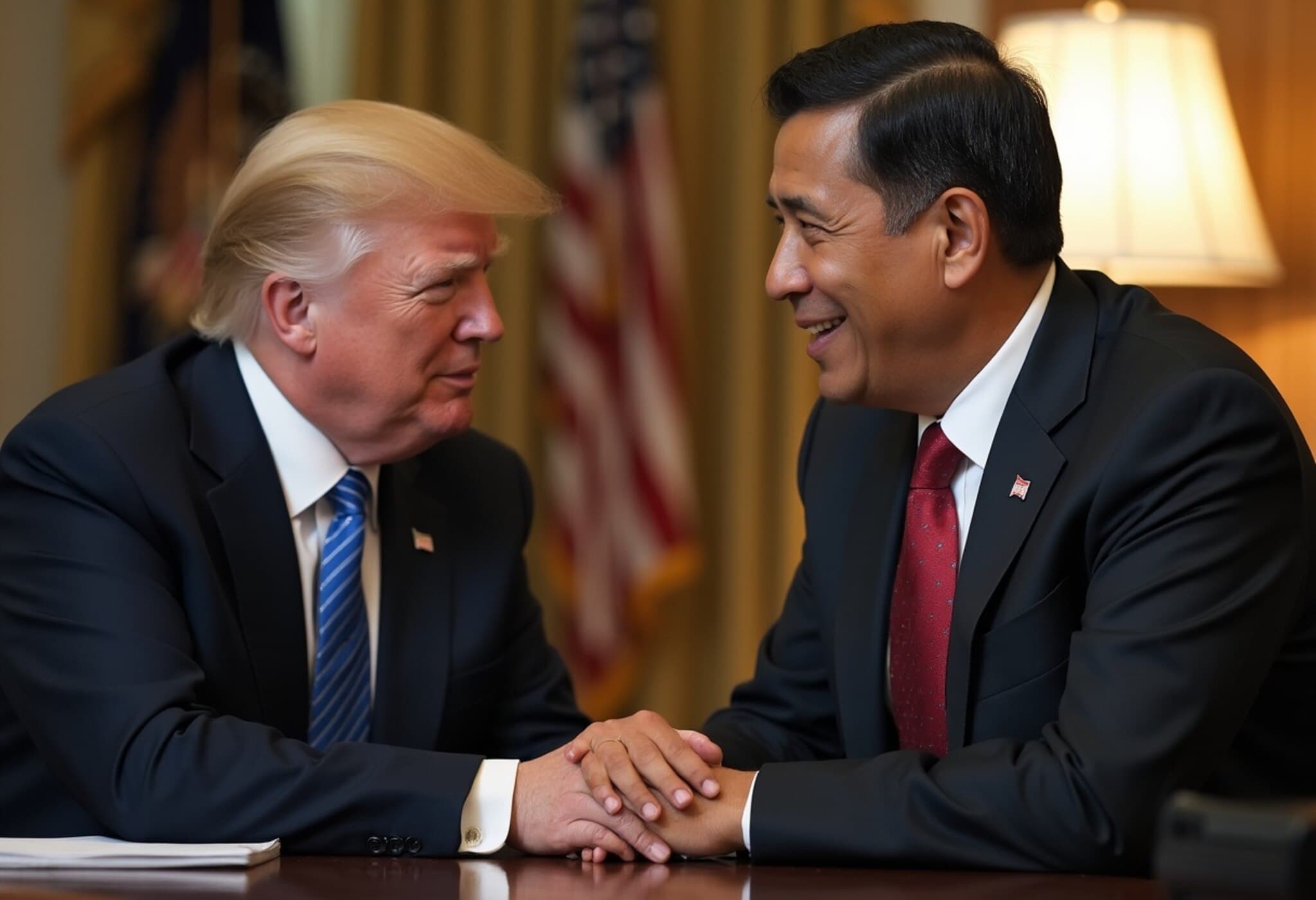Trump Announces Landmark US-Japan Trade Agreement
In a significant move that signals shifting tides in global trade relations, former U.S. President Donald Trump announced a major trade agreement with Japan on July 22, 2025. The deal promises expanded American access to Japan’s tightly controlled markets for rice and automobiles, while Japan agrees to impose a 15% tariff on its auto exports to the U.S.—a rate that, while seeming substantial at face value, marks a notable relaxation compared to previous tariffs enforced earlier this summer.
The Anchoring Effect: Why 15% Tariffs Feel Like a Relief
Experts like Brian Jacobsen, chief economist at Annex Wealth Management, highlight the psychology behind the welcome reception of this tariff rate. "A year ago, a 15% tariff would have sparked outrage," Jacobsen states. "Today, the market's collective sigh of relief reflects the 'anchoring effect'—previously much steeper tariffs have reset expectations, making these concessions seem more favorable." This concept mirrors consumer behavior where an initial high price makes the next price feel comparatively reasonable, influencing perceptions of value.
Key Highlights from the Trade Deal and Broader Economic Context
- Japan’s Market Access Opens Up: The deal compels Japan to remove long-standing restrictions on U.S. rice and car exports, sectors historically protected by tariffs and regulatory barriers, symbolizing a strategic shift toward more open trade.
- Tariffs on Japanese Auto Exports: Japan will impose a 15% tariff on cars destined for the U.S., notably lower than the punitive rates America had levied on vehicles manufactured outside its borders, fostering a more balanced trade environment.
- Extension of U.S.-China Tariff Suspension Expected: The ongoing 90-day suspension on tariffs targeting China is set to expire on August 12, but authorities, including U.S. Treasury Secretary Scott Bessent, anticipate its renewal, reflecting efforts to stabilize Sino-American trade tensions amid global economic uncertainty.
- Federal Reserve Leadership and Monetary Policy Debates: Treasury Secretary Bessent emphasized confidence in Fed Chair Jerome Powell's leadership but encouraged a clear, transparent approach to policy decisions. Meanwhile, voices like Allianz’s Mohamed El-Erian warn of potential economic headwinds requiring vigilant monetary oversight.
- Market Reactions: The S&P 500 reached fresh record highs, supported by gains in key sectors—though tech chips slipped slightly—highlighting the nuanced investor sentiment amid global trade recalibrations.
- Goldman Sachs’ Economic Outlook: The investment banking titan cautions that 2025 may bring slower U.S. growth, increased inflation pressures, and constrained real income gains, underscoring persistent vulnerabilities in the economic recovery.
EU’s Potential "Anti-Coercion Instrument": A New Frontier in Trade Defense
Meanwhile, the European Union is contemplating activating its newly conceptualized "Anti-Coercion Instrument," described in trade circles as a "nuclear option." This measure could dramatically reshape transatlantic trade relations by imposing stringent restrictions on U.S. suppliers—including barring them from public tenders, curtailing exports and imports, and limiting foreign direct investments within the EU. This strategic escalation emerges amid looming threats of a 30% U.S. tariff on EU imports, reflecting heightened trade friction on the global stage.
What Does This Mean for U.S. Businesses and the Global Economy?
Should the EU implement these defense mechanisms, American companies might face formidable barriers that could ripple through supply chains and investment flows, raising both operational costs and strategic uncertainty. Such developments highlight the delicate balance policymakers must strike between protecting domestic industries and preserving open trade.
Expert Insights and Underexplored Dimensions
While the headline-grabbing tariff numbers dominate narratives, less attention is given to the broader geopolitical chessboard. For example, the evolving dynamics between the U.S., Japan, China, and the EU suggest a complex interplay between economic policy and diplomatic strategy. The trade deals and tariff adjustments not only reshape market access but also serve as instruments of influence.
Additionally, the extension of the U.S.-China tariff suspension underscores a pragmatic pause amidst escalating tensions, potentially reflecting an awareness that protracted trade wars could disrupt already fragile global supply chains. Observers should also watch the Federal Reserve’s monetary policy closely, as interest rate decisions will critically influence economic vitality amid these shifting trade landscapes.
Conclusion: Navigating a New Era of Trade and Economic Policy
The freshly announced U.S.-Japan trade agreement exemplifies the complexities of modern trade negotiations that blend economics, psychology, and geopolitics. For American consumers and businesses alike, these changes carry both opportunities and challenges, demanding informed attention from policymakers, investors, and the public.
Editor’s Note
This evolving trade environment highlights the necessity of understanding not just the headline tariff rates but their underlying strategic contexts and human impacts. As global powers recalibrate economic relationships, stakeholders should ask: How will these shifts affect domestic job markets, consumer prices, and international cooperation? Monitoring the intersection of policy, market reaction, and geopolitical strategy remains essential in anticipating the next phase of global economic development.








